Curriculum Links
Australian Curriculum
Classification helps organise the diverse group of organisms (ACSSU111)
– grouping a variety of organisms on the basis of similarities and differences in particular features
– classifying using hierarchical systems such as kingdom, phylum, class, order, family, genus, species
– using scientific conventions for naming species
– using provided keys to identify organisms surveyed in a local habitat
Interactions between organisms, including the effects of human activities can be represented by food chains and food webs (ACSSU112)
– using food chains to show feeding relationships in a habitat
– constructing and interpreting food webs to show relationships between organisms in an environment
– classifying organisms of an environment according to their position in a food chain
– recognising the role of microorganisms within food chains and food webs
NSW
relates the structure and function of living things to their classification, survival and reproduction SC4-14LW
LW1 There are differences within and between groups of organisms; classification helps organise this diversity. (ACSSU111)
a. identify reasons for classifying living things
b. classify a variety of living things based on similarities and differences in structural features
c. use simple keys to identify a range of plants and animals
e. outline the structural features used to group living things, including plants, animals, fungi and bacteria
LW5 Science and technology contribute to finding solutions to conserving and managing sustainable ecosystems.
a. construct and interpret food chains and food webs
b. describe interactions between organisms in food chains and food webs, including producers, consumers and decomposers (ACSSU112)
d. predict how human activities can affect interactions in food chains and food webs, including examples from Australian land or marine ecosystems (ACSSU112)
VIC
VCSSU091
There are differences within and between groups of organisms; classification helps organise this diversity
– grouping a variety of organisms on the basis of similarities and differences in particular features
– classifying using hierarchical systems, for example, kingdom, phylum, class, order, family, genus, species
– using provided keys to identify organisms surveyed in a local habitat
VCSSU093
Interactions between organisms can be described in terms of food chains and food webs and can be affected by human activity
– constructing and interpreting food chains and food webs to show relationships between organisms in an environment
– recognising the role of microorganisms within food chains and food webs
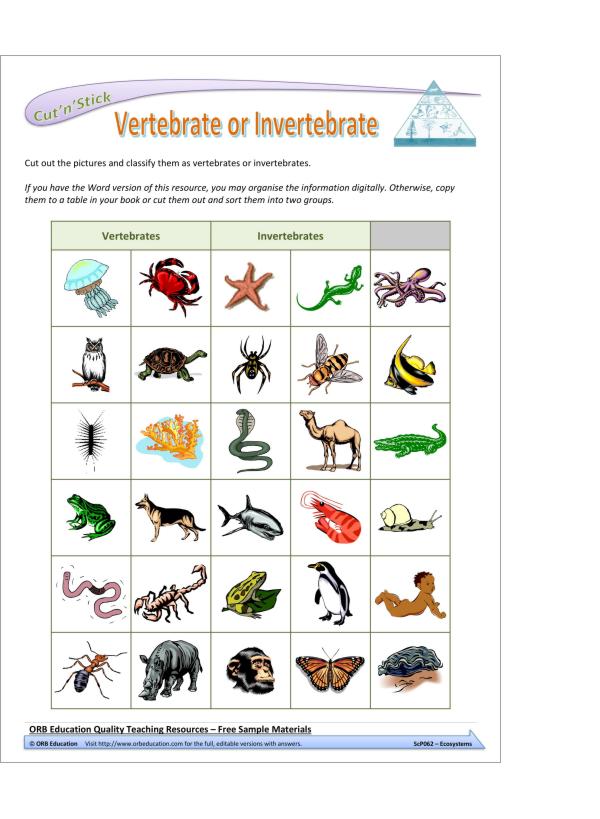


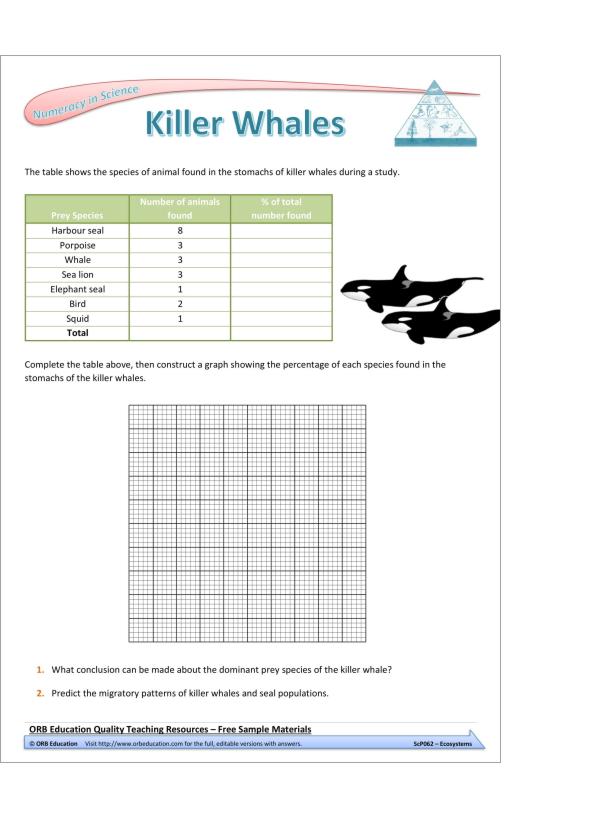
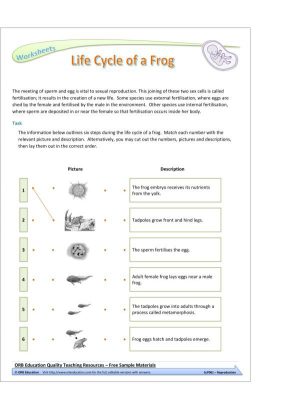
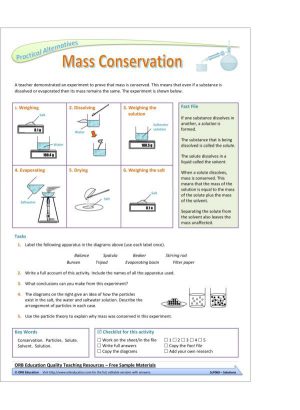
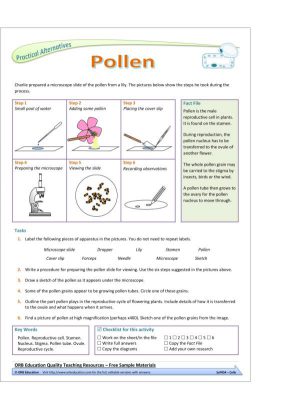
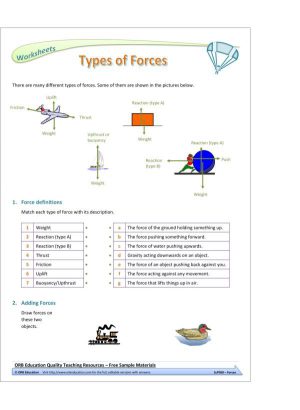
Reviews
There are no reviews yet.